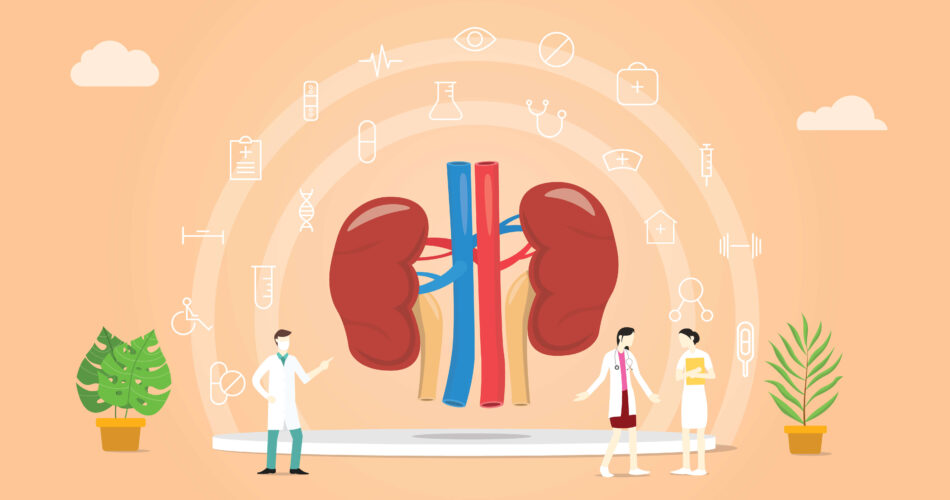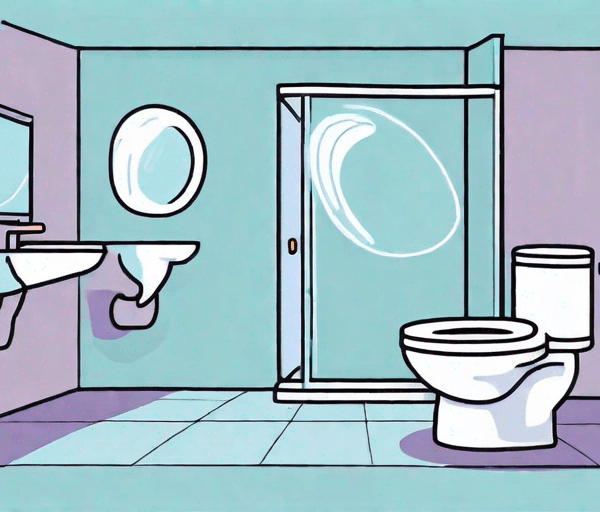There are certain reasons why a person’s kidney health is compromised. One of the most known causes of kidney condition is kidney stones, like uric acid stones. This formation in the kidney is important to take care of immediately as it can bring a tremendous health consequence to the patients. That’s why it is best to prevent its occurrence and find the suitable treatment option.
In this blog, we aim to uncover how uric acid stones form and the possible signs that you already have this in your kidneys. At the same time, discover various yet effective treatment options to take good care of the kidneys. Let’s begin!
What Are Uric Acid Stones
Uric acid stones are one of four types of kidney stones. They form when there is an excess of uric acid in the body. This chemical is a waste product that is produced when the body breaks down purines. Most uric acid dissolves in the blood and passes through the kidneys, leaving the body in the urine. However, when there is an imbalance in uric acid production and excretion, uric acid crystals can form.

The Formation Process of Uric Acid Stones
This kidney stone commonly forms when there is an imbalance in uric acid production and excretion in the body. When the levels of uric acid in the blood increase, crystals start to form. These uric acid crystals can combine with other substances present in the urinary tract, such as calcium or oxalate, to form solid masses.
Aside from the other substance, the urine pH also plays a crucial role in its formation. When the urine is too acidic, it provides an ideal environment for uric acid crystals to form. Factors such as high uric acid production, low uric acid excretion, and the presence of other substances in the urinary tract can further contribute to stone formation.
It is important to note that not all individuals with high levels of uric acid develop uric acid stones. Other factors, such as urine volume, play a role in determining whether the crystals will form stones. Individuals with low urine volume are at a higher risk of stone formation as there is less fluid available to dilute the uric acid.
Differentiating Uric Acid Stones from Other Kidney Stones
As mentioned, uric acid stones are just one of the several types of kidney stones. It is formed due to excess uric acid in the body, pH level, and even urine level. However, it is not the same with the other kidney stones.
Unlike uric acid, calcium stones are the most common type of kidney stones. They can also be distinguished from cystine stones and struvite stones based on their composition and the presence of specific substances.
Let’s differentiate them below:
Characteristics Unique to Uric Acid Stones
Uric acid stones have several characteristics that set them apart from other types of kidney stones, such as calcium stones, cystine stones, and struvite stones:
Composition
- Uric acid stones are primarily composed of uric acid crystals
- Calcium stones are formed from calcium oxalate or calcium phosphate
- Cystine stones, it involves cystine, which is an amino acid
- Struvite stones form due to alkaline levels in the urine
Appearance
- Uric acid stones tend to have a smooth, yellowish appearance
- Calcium stones may have a rough or jagged texture
- Cystine stones are yellow green material and commonly flat
- Struvite stone often looks like a pebble with a smooth surface
The Impact of Uric Acid Stones on Health
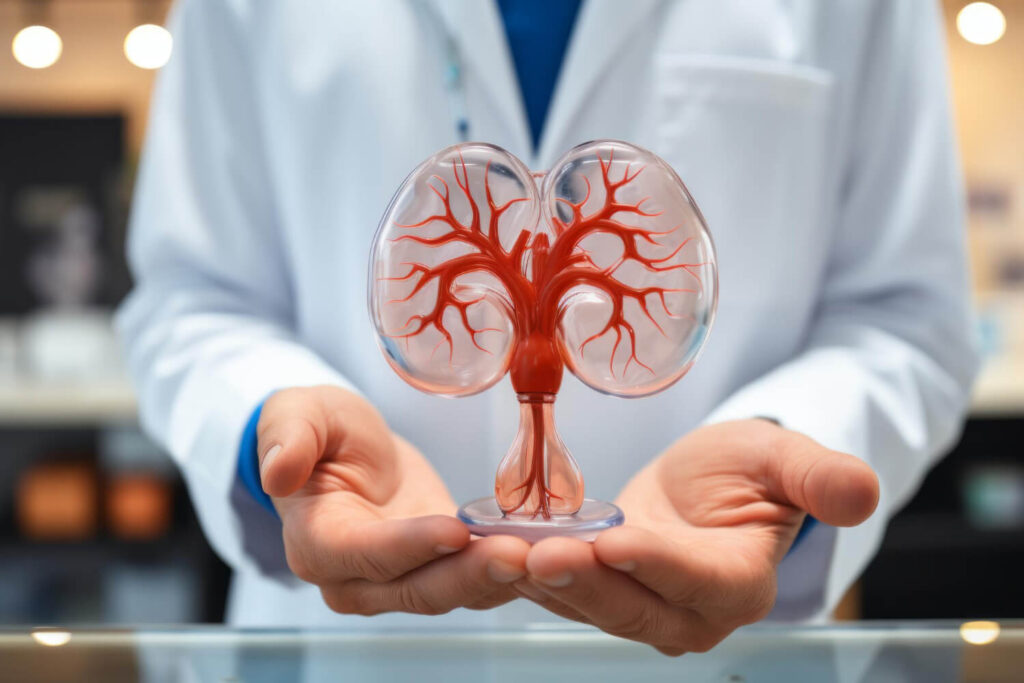
When a person develops this type of kidney stone, it can have a significant impact on an individual’s health and well-being. Kidney stones can be a blockage, which prevents the natural stream of urine. Aside from that, it can also result in possible kidney-related conditions in the long run if not addressed immediately.
Here are some of the notable consequences that may occur if a patient has this kidney stone.
Immediate Effects on Kidney Function
One of the most common and distressing symptoms of uric acid stones is severe pain, known as renal colic. This pain typically occurs when the stones block the flow of urine, causing pressure to build up in the kidneys. The pain may radiate from the lower back to the sides and abdomen, and can be excruciating.
In some cases, if the stones are not promptly addressed, they can lead to complications such as urinary tract infections and renal failure. These complications can further impact kidney function and overall health. Therefore, it is important to seek medical attention if you experience severe pain or any other symptoms associated with uric acid stones.
Long-Term Health Implications
On the other hand, a patient’s health can also deteriorate as the condition can progress into long-term health conditions. The presence of this kidney stone increases the risk of developing kidney disease, which can lead to further complications and affect overall kidney function.
Chronic kidney disease is a progressive condition that can result in the loss of kidney function over time. While patients can slowly develop this condition, do take note that a prolonged problem in the function of the kidneys is alarming. Yet people can still avoid that situation by being proactive about their health.
It is important to address and manage uric acid stones to prevent long-term health implications and maintain optimal kidney health.
Risk Factors and Prevention
Understanding the risk factors associated with uric acid stones can help individuals take preventive measures to reduce their risk of stone formation. Several factors contribute to the development of uric acid stones, including family history, dietary factors, and certain medical conditions. Making lifestyle adjustments and following preventive measures can significantly reduce the risk of uric acid stone formation.
Identifying High-Risk Groups
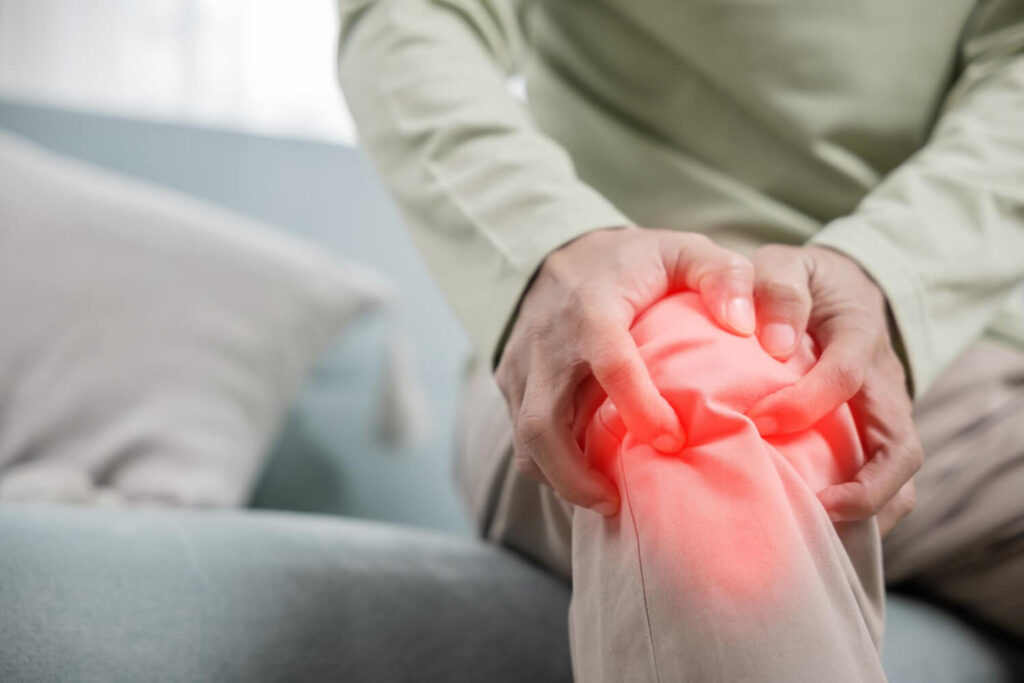
Certain individuals may be at a higher risk of developing uric acid stones. Uric acid, which comes from the purine foods that people eat, can already signify a potential age group that can develop this condition. In that case, patients with existing conditions such as gout, obesity, diabetes, are considered high-risk for developing this type of kidney stone. That’s because the common denominator of these conditions is a diet of purine-rich food.
Meanwhile, patients with a family history of kidney stones are also at risk of this condition. With that, it is important for individuals in these high-risk groups to be aware of the preventive measures and make the necessary lifestyle adjustments to reduce their risk of uric acid stone formation.
Diagnosis and Early Detection
Given that many people are susceptible to developing this type of kidney stone, it is important to prevent its occurrence. That can only happen if the patient is keen on recognizing the warning signs early on.
Here are some of the possible signs to monitor for early detection of the condition.
Common Symptoms and Signs
Uric acid stones share common symptoms and signs with other types of kidney stones. The most common symptom is severe pain, known as renal colic, which typically originates in the lower back and radiates to the sides and abdomen. Other symptoms may include blood in the urine, nausea or vomiting, and foul-smelling or cloudy urine.
A physical examination may also reveal tenderness or pain in the affected kidney area. It is important to consult with a healthcare professional if you experience any of these symptoms to undergo further evaluation and determine the cause of your symptoms.
Treatment Options for Uric Acid Stones

When it comes to treating uric acid stones, there are several options available. The choice of treatment depends on the size and location of the stones, as well as the severity of symptoms. For small stones, they may pass on their own with the help of increased fluid intake. However, for larger stones or those causing significant pain and discomfort, medical intervention may be necessary. Treatment options include conservative management strategies, medication usage, and surgical interventions.
Let’s discuss more about them below!
Conservative Management Strategies
Conservative management strategies can be effective in the treatment of uric acid stones, especially for smaller stones that are more likely to pass on their own. These strategies aim to increase urine pH and decrease the concentration of uric acid.
One approach is to increase fluid intake, particularly water, to help flush out the stones. Additionally, certain medications such as potassium citrate or sodium bicarbonate can be prescribed to make the urine less acidic and prevent stone formation.
Medication Usage and Effectiveness
On the other hand, experts can also prescribe medications for effectively getting rid of kidney stones. Medications can help reduce uric acid levels in the blood and urine, as well as keep the urine alkaline. This can help dissolve the uric acid stones and prevent their recurrence.
It’s important to follow the prescribed medication regimen and regularly monitor uric acid levels to ensure the effectiveness of the treatment. Your healthcare provider will determine the most suitable medication based on your individual needs and medical history.
Surgical Interventions and When They’re Necessary
Meanwhile, when treating larger stones, the 2 mentioned treatment options might not be suitable for such a situation. Surgical interventions may be necessary for the treatment of uric acid stones.
One common surgical procedure is percutaneous nephrolithotomy (PCNL). It involves making a small incision in the back to access the kidney and remove or break up the stones. The choice of surgical intervention depends on the size and location of the stones, as well as the overall health of the patient.
Monitoring and Managing Recurrence
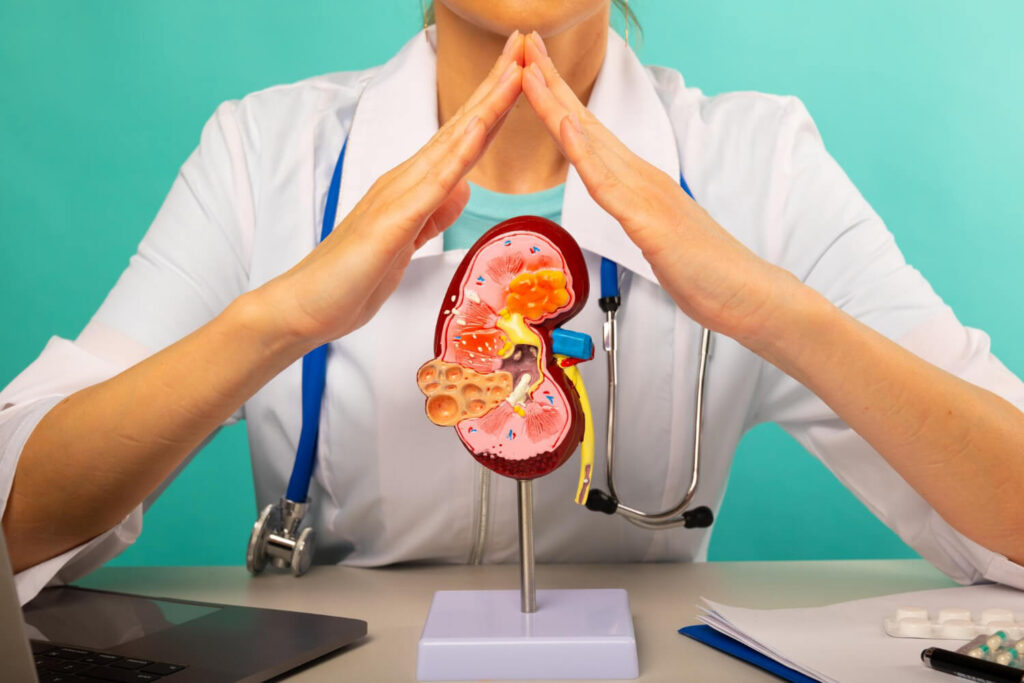
When it comes to dealing with kidney stones, there can be a constant fear of its recurrence. There are cases where this happens, which might be caused by poor diet, underlying health illnesses, and etc. It can be challenging for patients as with the stones in the kidneys again, it can compromise the kidney health all over again.
That’s why it is important to be aware of the situation to know whether the condition occurs again. There are several steps that the patient can try, which involves undergoing a follow up health check up with a doctor. Doing so will help patients see their current health status, and understand if there’s a possible threat of recurrence.
Meanwhile, patients can also make some changes in their diet and lifestyle choices. With these actions, they can gain control of their health when they live a healthy life.
Final Takeaway
Uric acid stones may be a bit similar with the other kidney stones, but it is important to understand how it occurs for better management. When the condition begins to present itself through the various warning signs, it is ideal to be ready. Being knowledgeable about the condition and the treatment options can ensure kidney function. At the same time, it helps the patients to value their health more as they discover the possible threats along the way.So, if you suspect that you are a possible patient with uric acid stones, here’s your chance to take over your health. Book an online consultation with a nephrologist today!
